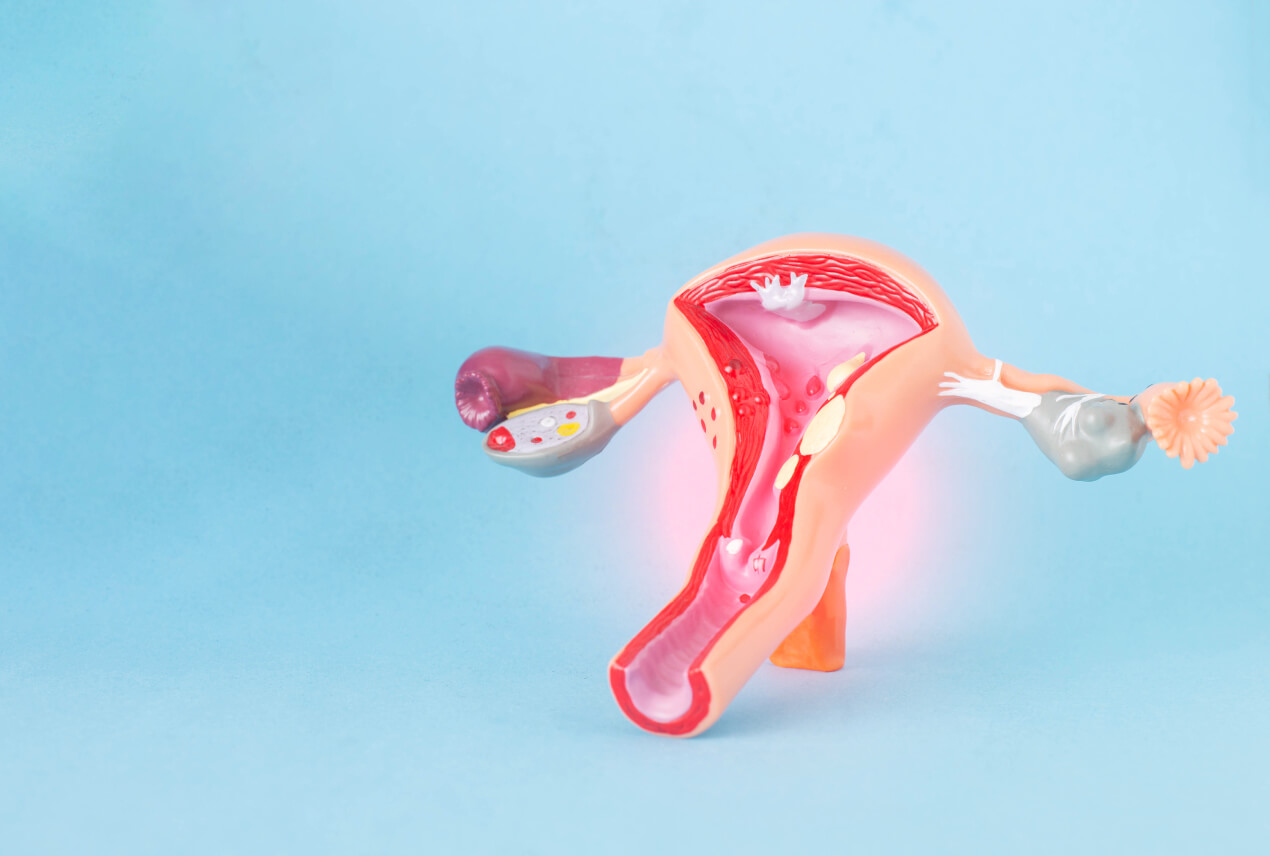Uterine fibroids are benign (non-cancerous) tumors of the uterus. Fibroids are a common occurrence for women in their reproductive years.
Most women with uterine fibroids won’t have any symptoms, but some experience long periods and painful cramping. In severe cases, uterine fibroids can lead to infertility, pregnancy complications and miscarriage.













